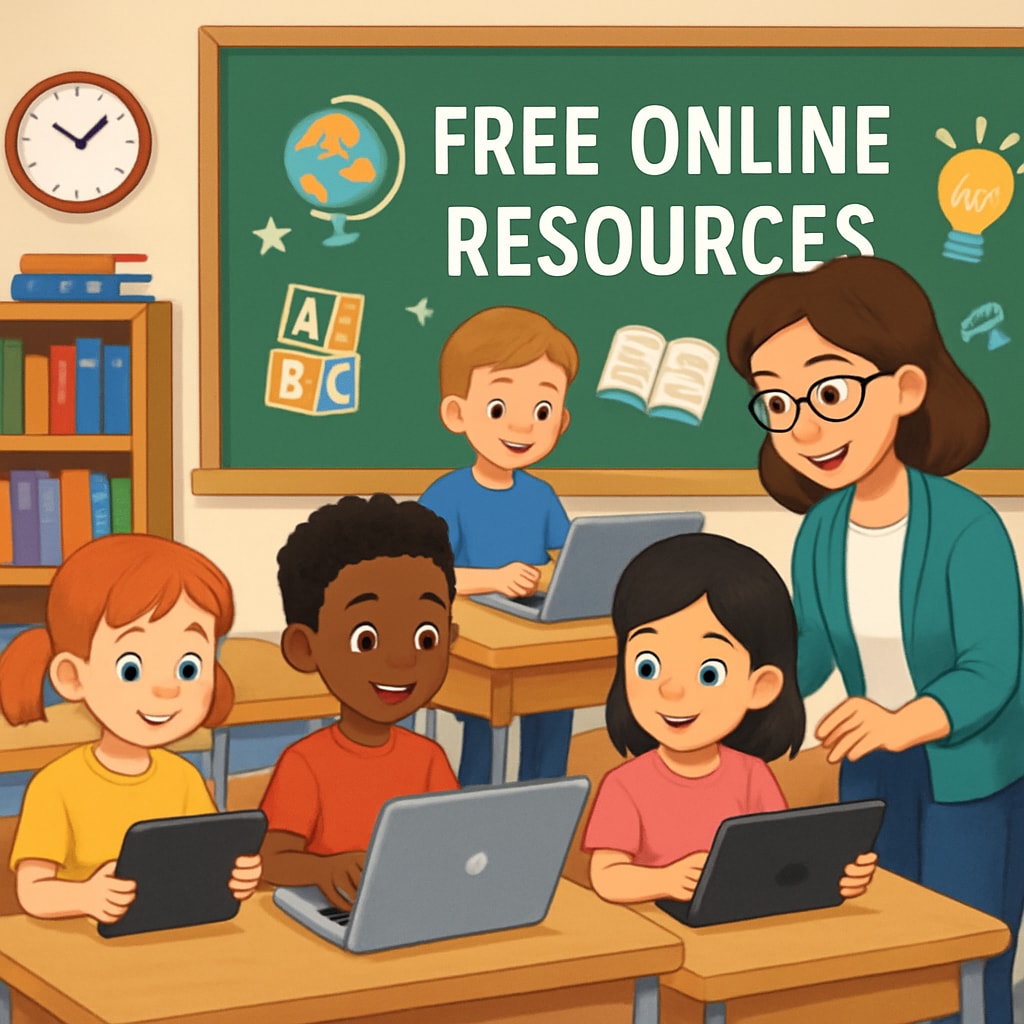Summer breaks can present challenges for maintaining a young child’s learning routine, especially when parents are busy with work. Finding free educational websites is a practical solution for supporting early education and keeping kids engaged. In this article, we’ll explore 10 high-quality resources that offer fun and interactive learning opportunities for young children—without adding financial strain on families.
Why Free Educational Websites Are Essential for Early Learning
Early education plays a pivotal role in shaping a child’s cognitive and social development. However, during summer breaks, this continuity can be disrupted. Free educational websites provide accessible tools for learning, ensuring kids stay on track while enjoying interactive activities tailored to their age group.

Top 10 Free Educational Websites for Young Learners
Below is a curated list of free websites that support early education through games, videos, and hands-on activities. These platforms are user-friendly, engaging, and designed specifically for young kids:
- ABCmouse (Free Trials Available): Known for its engaging curriculum, ABCmouse offers interactive lessons in math, reading, and art. While full access requires payment, free trials provide plenty of content to explore. Visit ABCmouse.
- Starfall: A favorite among educators and parents, Starfall offers interactive games and stories to help kids learn letters, numbers, and basic reading skills. Discover Starfall.
- PBS Kids: With educational games, videos, and activities based on popular children’s shows, PBS Kids is perfect for engaging preschoolers. Explore PBS Kids.
- National Geographic Kids: This site introduces children to science, geography, and wildlife through captivating visuals and fun quizzes. Learn with Nat Geo Kids.
- Sesame Street: Featuring beloved characters, Sesame Street offers videos, games, and printable activities focused on social-emotional learning and literacy. Visit Sesame Street.
- Funbrain: An interactive platform that mixes educational games with storytelling to teach math, reading, and critical thinking. Check out Funbrain.
- Storyline Online: Celebrities read children’s books aloud, fostering a love for reading while improving listening skills. Listen on Storyline Online.
- CoolMath4Kids: Designed for younger learners, this site offers math games and lessons that make numbers fun and approachable. Explore CoolMath4Kids.
- The Kidz Page: Full of puzzles, coloring pages, and games, The Kidz Page keeps young minds active and entertained. Visit The Kidz Page.
- Smithsonian Kids: From history to science, this site offers immersive experiences for curious minds. Learn with Smithsonian Kids.
How to Maximize Summer Learning with These Resources
To ensure a productive summer learning experience, follow these tips when using free educational websites:
- Set a Schedule: Dedicate 30–60 minutes each day to online learning, balancing structured time with free play.
- Engage Actively: Sit with your child during sessions to guide them and answer questions.
- Combine Online and Offline Activities: Supplement digital learning with hands-on activities like drawing, building, or reading physical books.
- Track Progress: Many websites offer tracking tools to monitor your child’s development and identify areas needing improvement.

Conclusion: Supporting Early Education Without Stress
Summer learning doesn’t need to be expensive or complicated. By leveraging free educational websites, parents can provide meaningful learning experiences that support early education while keeping kids entertained. These resources are not only cost-effective but also offer diverse content that caters to the unique needs of young learners. Explore these sites today and help your child thrive during their summer break!
Readability guidance: Use short paragraphs, lists, and active voice to enhance clarity and engagement. Include transition words like “however” and “for example” to improve flow and ensure seamless transitions between ideas.


